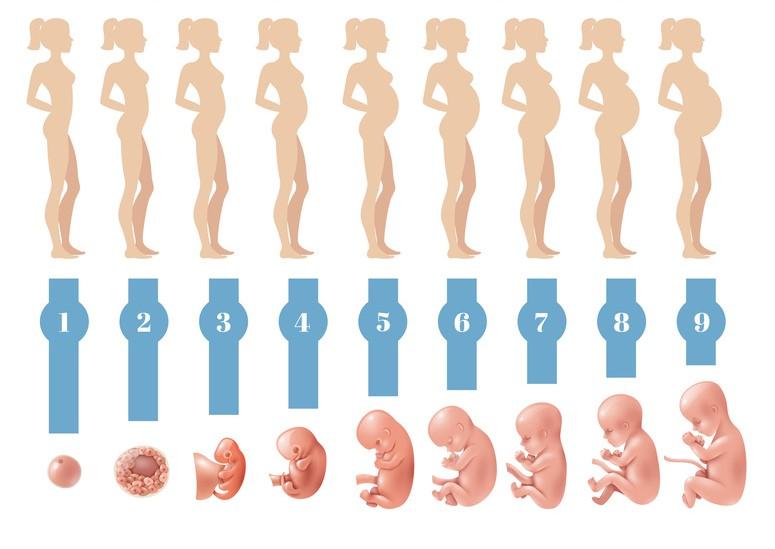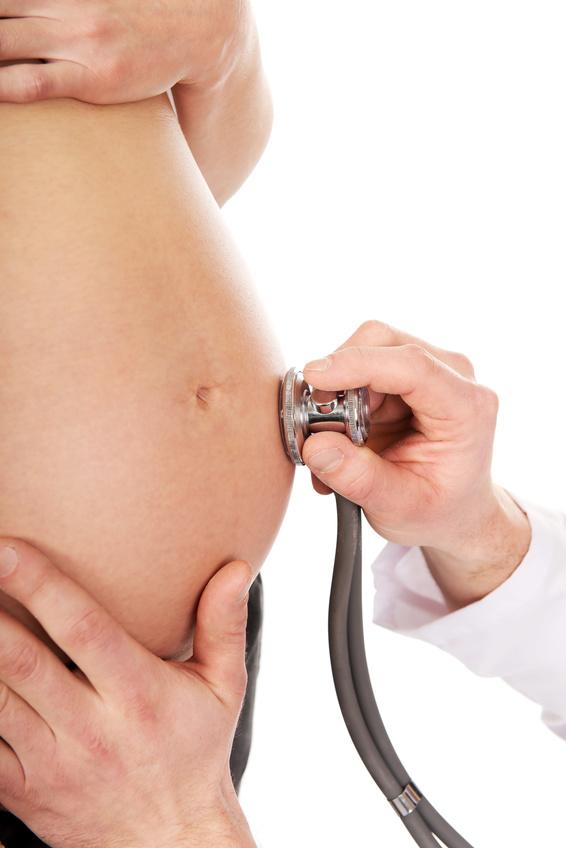Obstetrics
Scope of services provided:
- pregnancy and preparation for childbirth
- has a high-risk pregnancy
- ultrasound diagnosis of the intrauterine condition of the fetus
- prevention and treatment of impending preterm delivery and fetal hypotrophy
- Transabdominal and transvaginal ultrasound (gynecological and obstetric)
- CTG - assessment of fetal heart rate and uterine contractions - from the 28th week of pregnancy

U L T R A S O N O G R A F I A
Ultrasound examination between 11-14 weeks of pregnancy.
- The number of gestational sacs in the uterine cavity
- Assessment of Fetal Heart Rate (FHR)
- Biometric measurements
- Assessment of fetal anatomy:
- skull (shape), sickle brain, choroid plexuses of the lateral ventricles
- walls of the abdominal wall, taking into account the physiological umbilical hernia up to the 12th week of pregnancy
- stomach
- fetal heart - location and function of the heart
- bladder
- spine
- upper and lower limbs
- Chorionic villus evaluationNuchal (NT) and nasal (NB) evaluation
Ultrasound examination between 18 - 22 weeks of pregnancy and 28 - 32 weeks of pregnancy.
- Determining the number of fetuses, their position and heart rate
- Fetal biometrics
- Evaluation of fetal structure
- skull - continuity, shape
- brain - ventricles, choroid plexuses, posterior cranial fossa, cerebellum
- face - profile, eye sockets, nasal bones, possible evaluation of the palate and upper lip
- spine - continuity, symmetry
- chest, heart - size, location, correct image of four cavities, frequency and regularity
- abdominal cavity - continuity of the abdominal wall, stomach (location, size, shape), intestinal echogenicity
- bladder
- kidneys - description of possible abnormalities (UKM width)
- limbs - assessment of the presence of the femur, shoulder, forearm, lower leg, hands and feet, mobility of the limbs
- Bearing evaluation
- location
- structure - degree of maturity according to Grannum (description of possible structural abnormalities, extraplacental hematomas)
- Evaluation of the umbilical cord
- number of dishes
- description of possible irregularities
- Assessment of the amount of amniotic fluid
- Possible assessment of fibroids, pathological changes in the appendages

Harmony prenatal test - is a new type of test that allows you to analyze the fetal DNA on the basis of the mother's blood and determine the risk of Down syndrome (trisomy 21) and two other genetic defects, trisomy 18 (Edward's syndrome) and trisomy 13 (Patau's syndrome).
In clinical studies, the Harmony test has been shown to detect 99% of Down syndrome cases with a false positive rate of less than 0.1%
->Read more about the Harmony test
| Cardiotocography (CTG) is a test that allows you to monitor the fetal heart rate and uterine contractions. If the pregnancy is developing normally, CTG is performed at the very end and during delivery. However, if it is a high-risk or multiple pregnancy, CTG can be performed regularly from the 28th week (in exceptional cases from the 26th week). The test can detect, for example, hypoxia or fetal infection. |  |

contact
Address
-
- ORSMED
Przemysław Gliszczyński, Agnieszka Gemba spółka jawna
ul.Przemysłowa 3,
89-600 Chojnice
- ORSMED
Opening hours
-
- Mon - Fri: 9:00 AM - 6:00 PM
- Sat: 9:00 AM - 1:00 PM